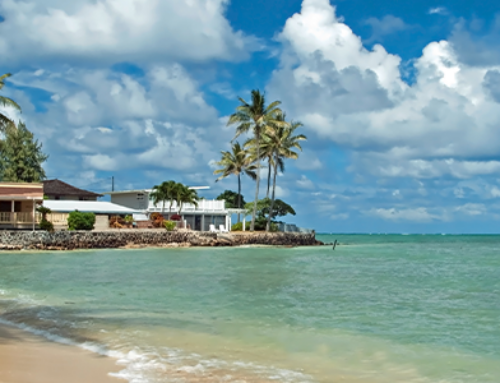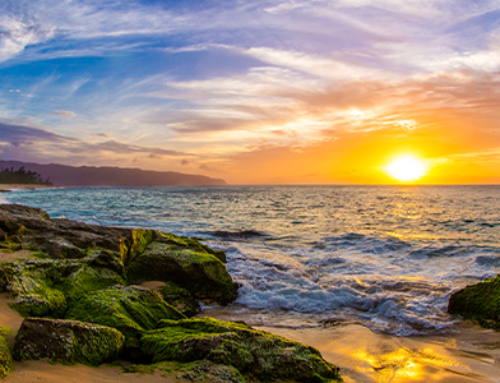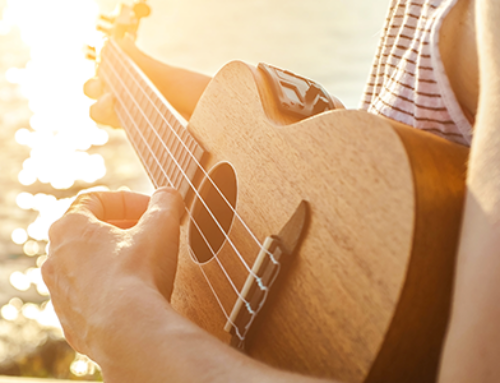Thinking about moving to Hawaii? Great decision! The islands of Hawaii have a lot to offer. From 365-days-a-year beach access to a bevy of diverse outdoor activities at your fingertips to the type of scenery you normally only would see in movies in your backyard, the benefits of the Hawaii lifestyle are seemingly endless.
But island life isn’t all what you see on the screen. Below are some of the key differences between Hawaii life and life elsewhere that you should consider before planning your move to the islands.
You Value Quality Time with Your Family
With beaches just minutes away from most residential areas, not to mention national parks and countless other adventures to explore, Hawaii is one of the best places to experience with your family. The family roots of the island are still evident in the culture of the island today, and the focus on ʻohana (Hawaiian for family) permeates daily life. It’s not uncommon to see families all enjoying a beach day together or parents teaching their children to surf at a young age. Plus, if you move your family to Hawaii, you’ll be in good company: Honolulu is consistently ranked as one of the top military towns in the United States, and many military families often jump at the chance to live in paradise for a stint. In Hawaii, family time is a priority and of the highest importance.
You Like Mild Temperatures and Don’t Mind Sun-Showers
Of course, one of the first draws to moving to Hawaii is the weather. Living on an island ensures a few consistent climate aspects, such as mild temperatures, abundant precipitation, and moderate humidity. For most of Hawaii, there are only two seasons: summer, between May and October, and winter, between October and April.
There is a common saying in Hawaii that’s it’s always raining somewhere on the island, so if you’re thinking about moving to Hawaii, you should definitely invest in a good light raincoat. At its core, Hawaii’s climate is a tropical one, but depending on which island you’re on and at what altitude, you will see some variations. For example, while the North Shore of Oahu houses plentiful beaches, abundant precipitation, and lots of lush greenery, the southeast region of the Big Island, which houses its most active volcano, Kilauea, displays a climate that is largely affected by volcanic activity.
In short, Hawaii’s weather does not disappoint… as long as you’re okay with wearing flip-flops (they call them slippers in Hawaii) year round and frequent sun-showers.
You Like to Take Your Time
Prepare for a much slower speed of life, and a generally more laidback approach to the day-to-day. Residents of Hawaii are frequently said to operate on “island time,” where you’re lucky if your lunch date shows up no more than five minutes late. This laid back lifestyle may be an adjustment but it definitely has its perks. Hawaiian locals generally have less stress and tend to live more in the moment. They value memories, nature, and connections, and always prioritize happiness above all things. If you’re guilty of getting caught up in technology & fast paced city life, switching to a more serene and fulfilling lifestyle may be a good choice for you!
Your Friends and Family from the Mainland Will Love to Visit
Some people might view moving to Hawaii as a permanent vacation. If you’re one of those people, you’re in luck, because once you make the move to island life, it’s a little trickier to get on a plane and travel elsewhere. Shipping costs to and from Hawaii are often touted as being substantially higher than between other states and regions, and the same can be said for travel costs. If you have friends and family that you’ll be leaving behind on “the mainland,” prepare to spend a little more money for your visits home. But, if you plan in advance, the costs are manageable.
Check out how much it costs to fly to Hawaii from your state here.
You’re Okay with Spending More for a Hawaiian Lifestyle
The most popular islands for residential living are Oahu, the Big Island (often just called “Hawaii”), Maui and Kauai though almost all are habitable. In general, the cost of living in Hawaii is significantly higher than living in the continental United States. To put it in perspective, Honolulu, the capital of Hawaii and the urban mecca of Oahu, has a cost of living that is about 65 percent higher than the national average (compared to New York City at 118%, San Francisco at 63%, and San Diego at 33%). And according to Payscale, that’s not all: the costs of utilities, groceries, health care and transportation in Hawaii are significantly higher than the national average as well.
Needless to say, the real estate is expensive. In September of 2015, the median sales price of a home on Oahu was a record-high $730,000, up 7.6 percent from the year before and 17 percent from 2010, according to the Honolulu Board of Realtors.
While you won’t be driving long distances on an island (it would take you about 2 hours to drive from end-to-end on the Big Island, the largest island in Hawaii at 4,028 square miles), gas prices are another factor to consider. Even though fuel prices dropped by more than $1 a gallon in 2015, filling your car with gas still costs more here than almost anywhere else in the country.
It pays to live in paradise, but if you’re prepared for the increased cost of living that accompanies Hawaii life, you won’t find much else to be disappointed about. For more information on the cost of living in Hawaii, check out our island-by-island breakdown here.
In conclusion, making the move to any city, state or region has its pros and cons. But as the saying goes in Hawaii, “no rain, no rainbow.” While there are a few financial, climate and livelihood factors to take into consideration, there’s one thing you can be sure about if you choose to make the move to Hawaii: it’s a decision you won’t regret.
Tell us about your move!



